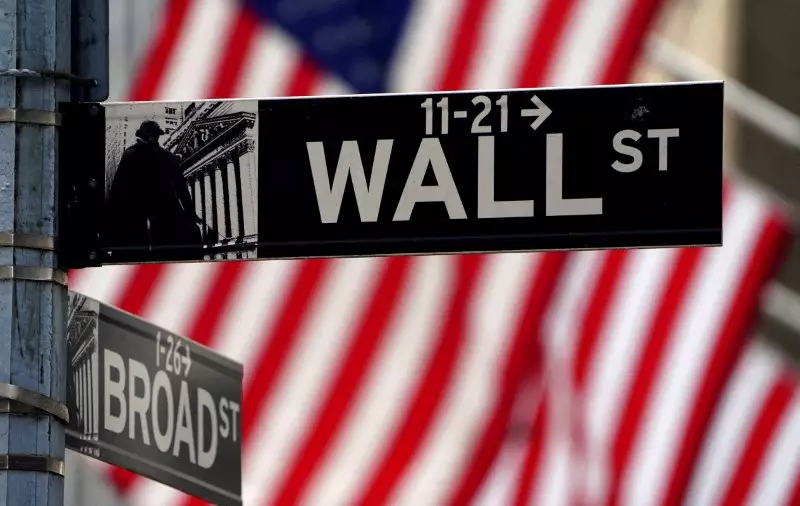As we navigate the complexities of a shifting economic environment following a significant U.S. presidential election, investors find themselves at a pivotal juncture. The stock market has experienced remarkable growth, driven by expectations surrounding new fiscal policies, including tax reductions and regulatory reforms anticipated from the incoming administration. With the S&P 500 recently breaching the 6,000 marker for the first time, the importance of inflation dynamics cannot be overstated. This article aims to explore the implications of these trends, assess investor sentiment, and consider the potential economic outcomes as we move forward.
Stock Market Reactions and Economic Indicators
The recent uplift in the stock market has been closely tied to anticipatory strategies developed around President Trump’s economic policies. Major financial indexes like the S&P 500 and the notably resilient Russell 2000 are emblematic of this surge. As investors react to the promising backdrop of tax cuts and deregulation, confidence in equity markets has surged, prompting a robust rally. Concurrently, a steady economic growth rate — notably a 2.8% increase in the third quarter — has fueled optimism, enhancing the perception of stability within the U.S. economy.
However, while the exuberance over financial markets grows, the specter of inflation remains a pressing concern. The upcoming consumer price index (CPI) report is critical; it could either reinforce or undermine the current investment thesis. For analysts, a modest uptick in the CPI, projected to rise to approximately 2.6%, could signal a shift in the trajectory of inflation expectations. Investors keenly observe these shifts, understanding that fluctuations in consumer pricing could challenge the Federal Reserve’s recent monetary policy decisions.
The Federal Reserve faces a challenging scenario as it attempts to balance a path toward economic expansion while managing inflationary pressures that could emerge from proposed tariffs and heightened government spending. The recent decision by the Fed to implement a 25 basis point rate cut reflects an effort to reassure markets and maintain favorable financing conditions. Yet, this maneuver also exposes the central bank to scrutiny regarding its ability to continue reducing rates amid potentially volatile inflation data.
Market participants are adjusting their expectations, speculating on a shift towards lower Fed interest rates in the coming years. As futures indicate a potential decrease to about 3.7% by the end of 2025, up from current levels of approximately 4.5%-4.75%, the room for maneuvering rates becomes critically finite should inflation begin to escalate. This precarious balancing act underscores the Fed’s crucial role in steering the economy through this unprecedented intersection of fiscal policy changes and emerging inflation trends.
A salient factor that cannot be ignored is the broader impact of Trump’s economic policies on inflation trends. Predictions surrounding his administration’s inclination towards inflationary measures — due to proposed tariffs and other trade policies — raise valid concerns for financial strategists and economists alike. The market’s reaction to these anticipated policies will depend not only on the proposed regulatory changes but also on their real-world implementation and impact on supply chains, consumer goods prices, and ultimately, the cost of living.
While some commentators posit that a pro-growth agenda could stimulate overall economic vitality, the risk that heightened tariffs may trigger inflationary spiral looms large. Policymakers must proceed with caution to avoid igniting inflationary waves reminiscent of past economic episodes characterized by rapid price increases.
As we stand on the precipice of a new economic landscape following a landmark election, investors and policymakers alike must navigate an environment fraught with both opportunity and uncertainty. The recent gains seen in stock markets, while reflective of an optimistic outlook, are tempered by the need for vigilance regarding inflationary pressures. The Federal Reserve’s monetary policy, coupled with the incoming administration’s fiscal responses, will shape the course of the U.S. economy. As the details of policy proposals unfold, market participants will need to remain adaptive, continuously recalibrating their strategies in response to emerging economic indicators and inflation trends. The coming weeks and months serve as a critical litmus test for both investor sentiment and the resilience of the financial markets under new political currents.

